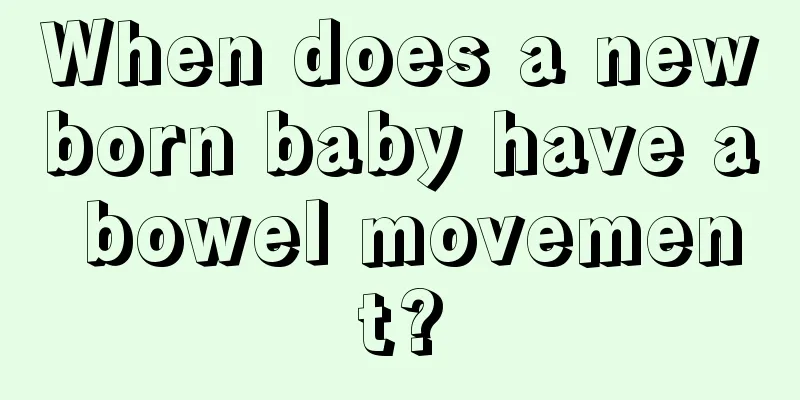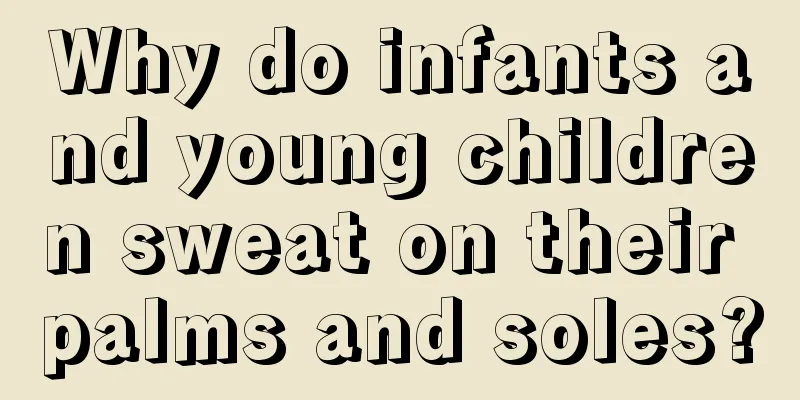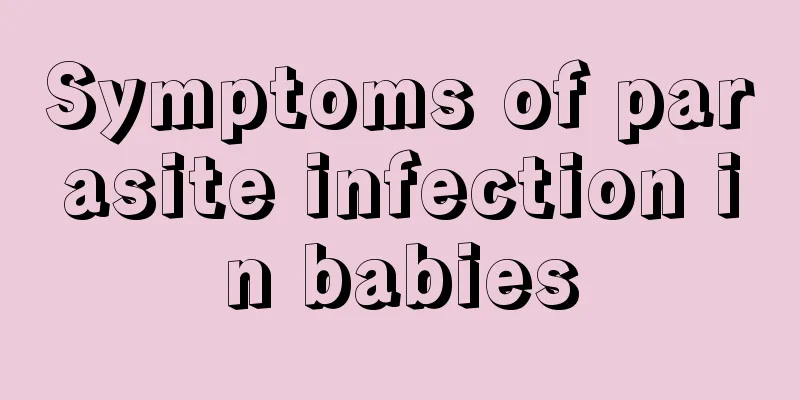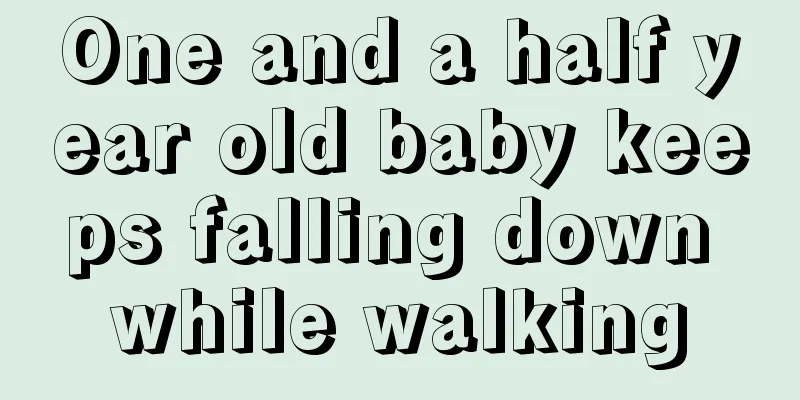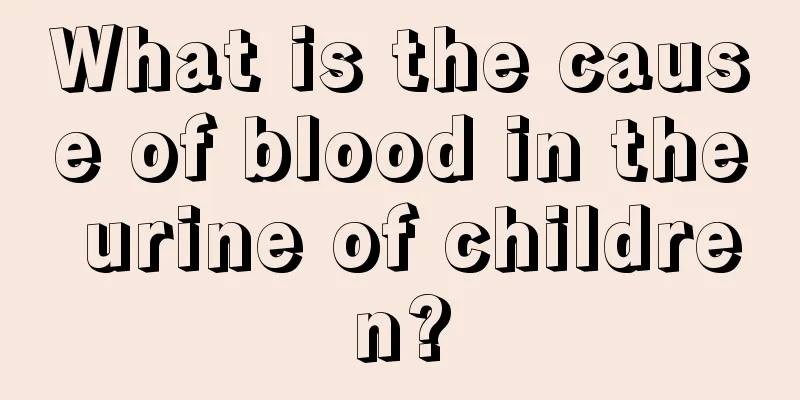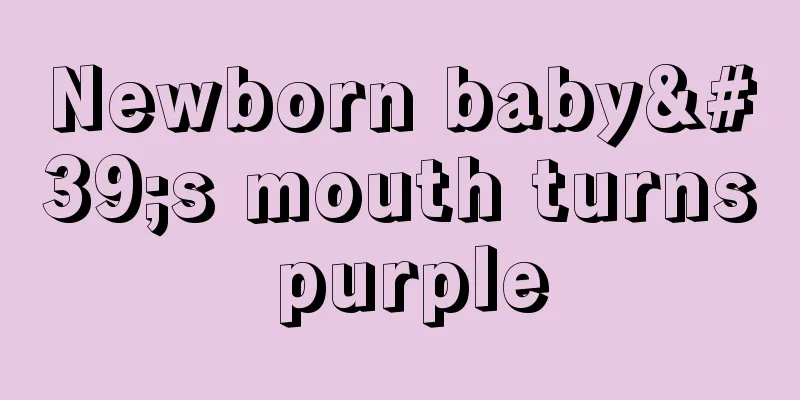At what age is it better for children to start brushing their teeth?

|
As we all know, teeth are a very important part of our body, and dental health is very important to each of us. Oral hygiene is closely related to the occurrence of various oral diseases, especially gingivitis, periodontitis and caries. To prevent these diseases, one of the most effective and easiest ways is to brush your teeth. However, parents must be worried that the oral cavity of young children is so fragile. So, for the health of children, at what age is it better to let children start brushing their teeth? Let us find out together. 1. At what age should children start brushing their teeth? Generally speaking, when a child is two and a half years old and all 20 deciduous teeth have erupted, you can start teaching the child to brush his teeth; around the age of three, the child should be encouraged to develop the habit of brushing his teeth in the morning and evening, and rinsing his mouth after meals. Brushing your teeth can not only clean your teeth and remove dental plaque, but also massage the gums, promote blood circulation in the gums, improve local nutrition and oxygen supply, facilitate tissue metabolism, and enhance the gums' resistance to disease. Therefore, brushing teeth is a good and effective way to maintain oral cleanliness and prevent tooth decay and periodontal disease. 2. The correct way to brush your teeth 1. Before use, soak the toothbrush in warm water for 1 to 2 minutes to make the bristles soft. 2. When babies use toothbrushes, the frequency should not be too fast; when brushing teeth, brush the upper teeth first, then the lower teeth, so as to avoid brushing the gums. When brushing both rows of teeth, first brush back and forth horizontally several times to remove the dirt on the surface of the teeth, then brush up and down vertically to remove the residue in between the teeth. Use light force when brushing horizontally and slightly more force when brushing vertically. 3. After using the toothbrush, the mother should help the baby rinse the inside of the bristles with water and shake off as much water as possible. Place the toothbrush head upward in a mouthwash cup, or place it in a ventilated and sunny place to dry it and sterilize it. Keep baby toothbrushes separate from adult toothbrushes. 4. Usually replace your toothbrush once a month, and no longer than 3 months. Do not use the same toothpaste for a long time. Use them alternately to avoid drug resistance. 3. Cultivate the habit of brushing teeth 1. Do it every day After your baby starts brushing his teeth, you can schedule brushing his teeth into his daily schedule. Do it once in the morning and once in the evening. Because it is just the beginning, you can give your baby more time. 2. Take it step by step When teaching your baby to brush his teeth by himself, don't expect him to learn it all in one go. At the beginning, you can let your baby use a toothbrush and a cup to imitate the actions of adults to make your baby interested in brushing teeth. After a few weeks, let your baby gradually master the movements of moving the brush up and down and brushing with clean water. Finally, squeeze some toothpaste on it and brush it from outside to inside in order with a toothbrush. 3. Encouragement The cultivation of any living habits must be carried out in a positive way so that it can be happily accepted by the baby. Babies aged 2-3 years old like to imitate various activities of adults. This is a great time for babies to learn some basic life skills. Adults can encourage children's desire to imitate, and provide necessary action guidance, and the baby will become more and more capable. The above article introduces in detail the importance of dental health. I believe that everyone must attach great importance to children's oral health. Through the article, we also understand at what age it is better for children to start brushing their teeth, and how to cultivate good brushing habits for children. When the children reach the age suitable to start brushing their teeth, we must teach them the correct way to brush their teeth. |
<<: Causes and prevention of recurrent fever in children
>>: Introducing several physical cooling methods for infants with fever
Recommend
How to treat intestinal lymphadenopathy in children
How to treat intestinal lymphadenopathy in childr...
Clinical manifestations of Helicobacter pylori in children
There are many common diseases in children. When ...
Black spots in the eyes of children
The eyes are the windows to the soul. People'...
What are the methods of making vegetable puree for babies?
What are the methods of making baby vegetable pur...
How should children take antiviral oral solution?
With the continuous development of medical techno...
What to do if your child keeps coughing
Children's cough is the most worrying problem...
What should I do if the little girl's lower body itches?
Most people think that only women are affected by...
What effects does noise have on the fetus?
Many pregnant women often go to many KTVs and som...
What is the height and weight standard for a six-month-old baby?
As newborn babies grow up day by day, don't t...
What kind of yogurt is better for a 1-year-old?
Can a one-year-old baby drink yogurt? What kind o...
A child's hand is swollen after being bitten by a mosquito
It is normal for children to be bitten by mosquit...
How do primary school students exercise
It is very necessary for primary school students ...
What to do if a child has a sore throat
Children may have blisters in their throats. This...
What should I do if my child falls on his head and gets a big bump?
We all know that children are lively and active b...
Big red pimples on the child's body
Children's body resistance is relatively weak...
